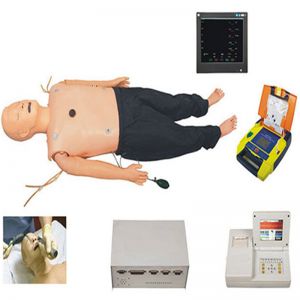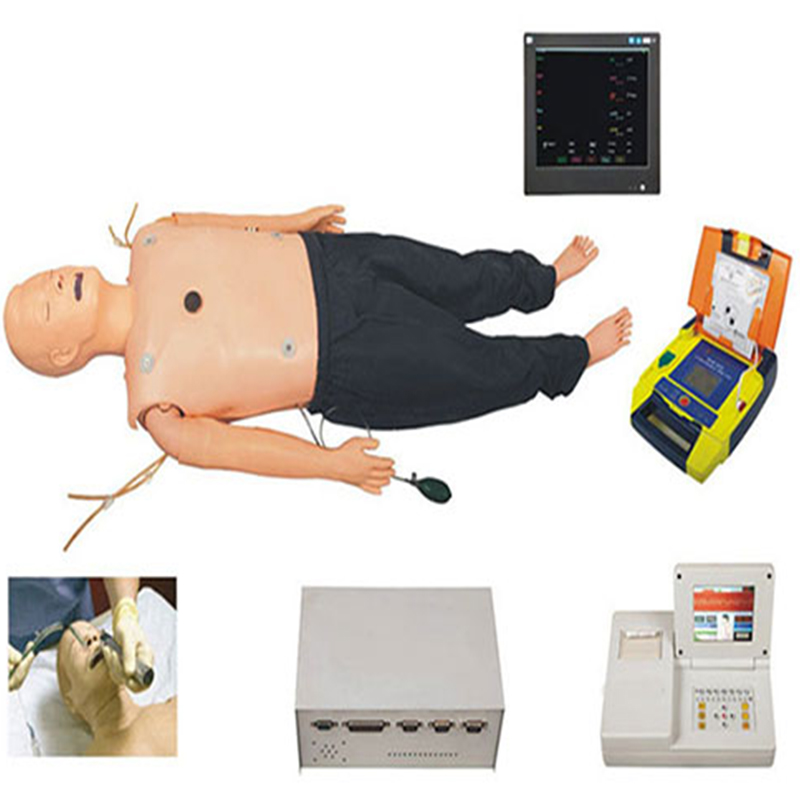ADA MED SUPPLY LIMITED
Phone:+86 19937901373
Tel:+86-0379-65160607
Email:adaanatomy@adaanatomy.com

Article tag: Cardiopulmonary resuscitation models cpr model

In the field of medical emergency, cardiopulmonary resuscitation (CPR) is a vital skill that is directly related to the continuation of a patient's life. However, theoretical learning alone is far from enough, and translating theoretical knowledge into practical operation ability is a gap that every first aid worker must cross. The cardiopulmonary resuscitation model is an important bridge in this process.

The cardiopulmonary resuscitation model, as a teaching aid to simulate the real human physiological response, provides a safe and controllable environment for first aid training. Participants can practice the various steps of CPR, including chest compressions, rescue breathing, and the use of an automated external defibrillator (AED), over and over again without actual risk. This kind of practical opportunity makes the original boring theoretical knowledge become vivid and concrete, and it is easier for students to understand and master.
The leap from theory to practice is not only the improvement of skills, but also the change of mentality. In the face of simulated "patients", students need to overcome tension, fear and other emotions, maintain a calm and focused attitude, and operate in accordance with the standardized procedures. This psychological adjustment process is crucial for future performance in real first aid scenarios.
The use of cardiopulmonary resuscitation model has also promoted the innovation of teaching methods. Traditional teaching methods often focus on theoretical teaching, but the CPR model makes it possible to "learn by doing". Through simulation training, teachers can find the problems in the operation of students in time, and give targeted guidance and correction. This interactive teaching not only improves the students' interest and enthusiasm in learning, but also greatly improves the training effect.
In addition, with the development of technology, cardiopulmonary resuscitation models are constantly being upgraded. Modern cardiopulmonary resuscitation models have a higher degree of imitation and can simulate more realistic physiological responses and pathological states. At the same time, some high-end models are also equipped with intelligent feedback systems that can evaluate the quality of trainees' operations in real time and give corresponding scores and suggestions. The application of these advanced technologies makes the training effect of cardiopulmonary resuscitation model more significant, and also brings more possibilities for first aid teaching.
In short, cardiopulmonary resuscitation model plays an irreplaceable role in first aid training. It is not only a bridge between theoretical knowledge and practical operation, but also an important way to improve first aid skills and cultivate professional mentality. Through the continuous use and improvement of CPR models, we can better address emergency challenges and contribute to saving more lives.